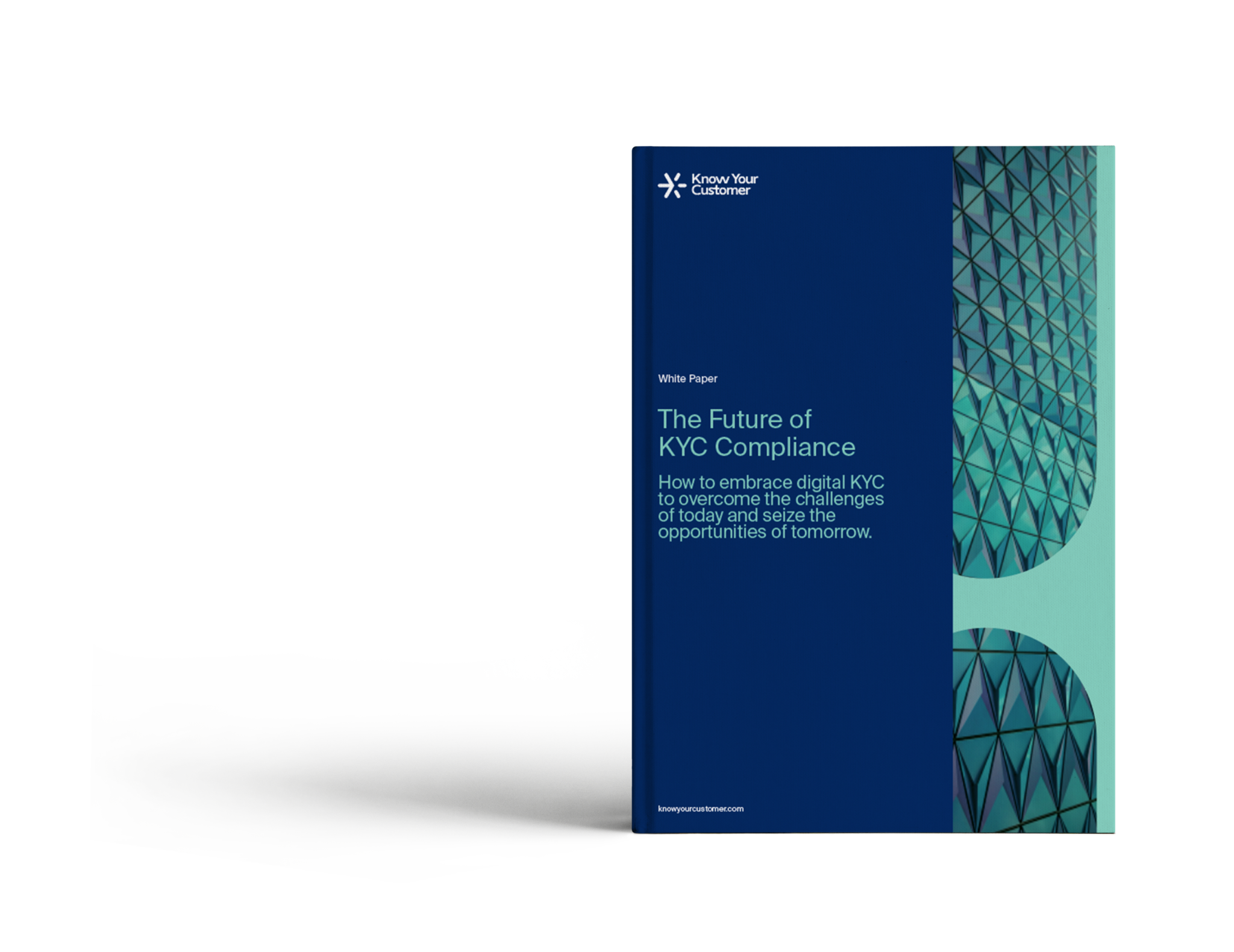The world of KYC compliance is currently at a turning point.
In 2020, a series of trends that had been in the making for years, combined with the unprecedented circumstances brought about by the coronavirus pandemic, culminated in structural changes in the overall KYC compliance function at financial institutions around the world. This colossal shift is bound to shape the face of the sector for at least the next decade. Those financial institutions able to embrace change quickly and effectively will gain a competitive advantage that other contenders will struggle to match.
In this white paper we set the task to analyse the following:
- The evolving landscape of KYC compliance – What do most compliance departments at financial institutions look like today? What has historically been the role of regulators in driving digital transformation and technology adoption? What are customers’ expectations in shaping the change?
- What the KYC compliance of the future looks like – What are the key characteristics of the next phase of KYC compliance? What are some of the weaknesses of the traditional approach that the global COVID-19 pandemic brought to the fore?
- The elements of a successful digital KYC implementation – What elements should financial institutions consider before embarking on a digital transformation journey of their KYC function? What steps can teams take to ensure the success of their RegTech implementation?
- How digital KYC providers can help – What are the benefits of partnering with an experienced third-party provider to implement digital KYC solutions? What are some of the pitfalls that can be avoided by relying on external vendors?

Last updated on April 16th, 2025 at 02:10 am


